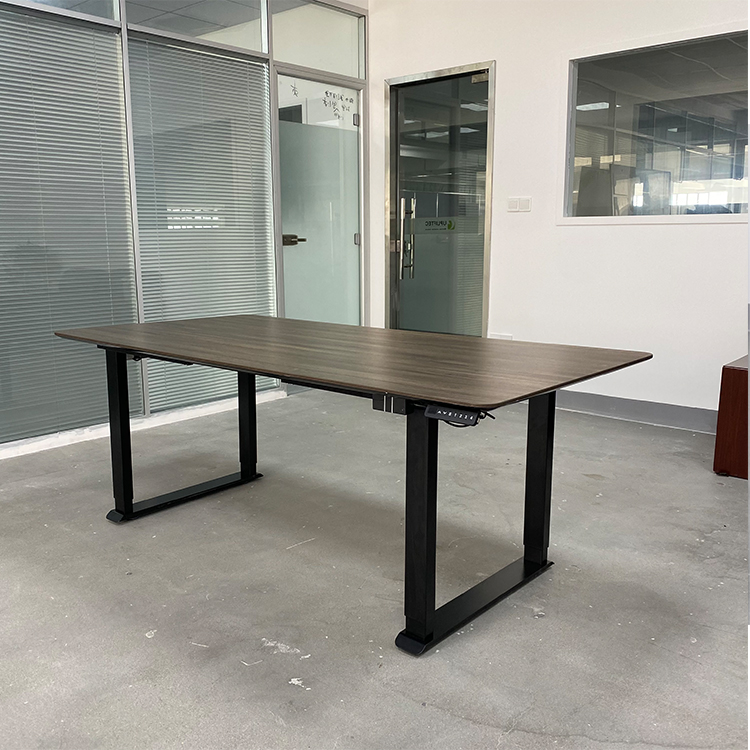[China Packaging Network News] Color plays a crucial role in packaging design, as it is the most influential visual element that captures attention and communicates brand identity. Understanding the color rules in packaging design can significantly enhance the effectiveness of your product's visual appeal. Let’s explore these key principles in detail.
1. Establish the Overall Color Tone
The overall feel of a packaging design—whether it appears luxurious, rustic, modern, or traditional—is largely determined by its dominant color scheme. The total color tone is influenced by three basic attributes: hue (color type), lightness (brightness), and saturation (intensity). Common tones include warm tones, dark and high contrast, fresh and clean tones, gray tones, cool tones, strong or weak tones, soft or hard tones, and more. Choosing the right tone helps set the emotional tone for the product.
2. Area Factor
Beyond hue, lightness, and saturation, the size of each color area also affects the overall perception. Large areas of color have a stronger visual impact, especially when displayed from a distance. When two colors create too much contrast, adjusting the size of one color without changing its hue or brightness can help balance the design effectively.
3. Visibility
Visibility refers to how clearly the color hierarchy is communicated. High visibility is essential in both packaging and advertising design. It depends on both the inherent clarity of the color itself and the contrast between different colors. These principles are widely used in advertising design and can be applied to improve the visual communication of packaging.
4. Accent Color
The accent color serves as the focal point within the overall color scheme. It is often used in combination with the area factor and visibility. This color should stand out by having higher brightness and intensity than surrounding colors, while occupying a smaller area to maintain focus and avoid overwhelming the design.
5. Interval Color
Interval color is used to separate or blend contrasting colors, reducing visual tension and improving harmony. Common interval colors include black, white, gray, gold, and silver. If a colored interval is used, it should differ significantly in hue, lightness, and saturation from the adjacent colors to ensure effective separation.
6. Gradient Color
A gradient is a smooth transition between colors, which can be applied to hue, lightness, and saturation. Gradient colors create a rich and harmonious visual effect, making them popular in modern packaging design for their depth and sophistication.
7. Contrast Color
Contrast color differs from accent color in that it creates a strong visual impact through similar area sizes and significant hue differences. This technique is widely used in advertising due to its eye-catching nature and ability to draw immediate attention.
8. Symbol Color
Symbol color is not directly based on the product's appearance but is instead a conceptual choice grounded in consumer perception. It is often used to represent abstract ideas, such as eco-friendliness, luxury, or innovation, helping to communicate a brand’s values visually.
9. Flag Color
Flag color refers to the specific color used to distinguish different product lines or varieties under the same brand. For example, different shades might be used for various household cleaning products. These colors are usually placed strategically in terms of size, shape, and position to ensure clear differentiation.
10. Auxiliary Color
Assistant color complements the main and accent colors, enhancing the overall tone and adding depth to the design. It should be used carefully to avoid overshadowing the primary elements. When used correctly, it contributes to a more dynamic and balanced visual experience.
By understanding these color principles, you can make more informed decisions in your packaging design. Whether you're a designer, marketer, or business owner, mastering color theory will help you create more effective and appealing packaging. For more insights into packaging design, continue following China Packaging Network!
